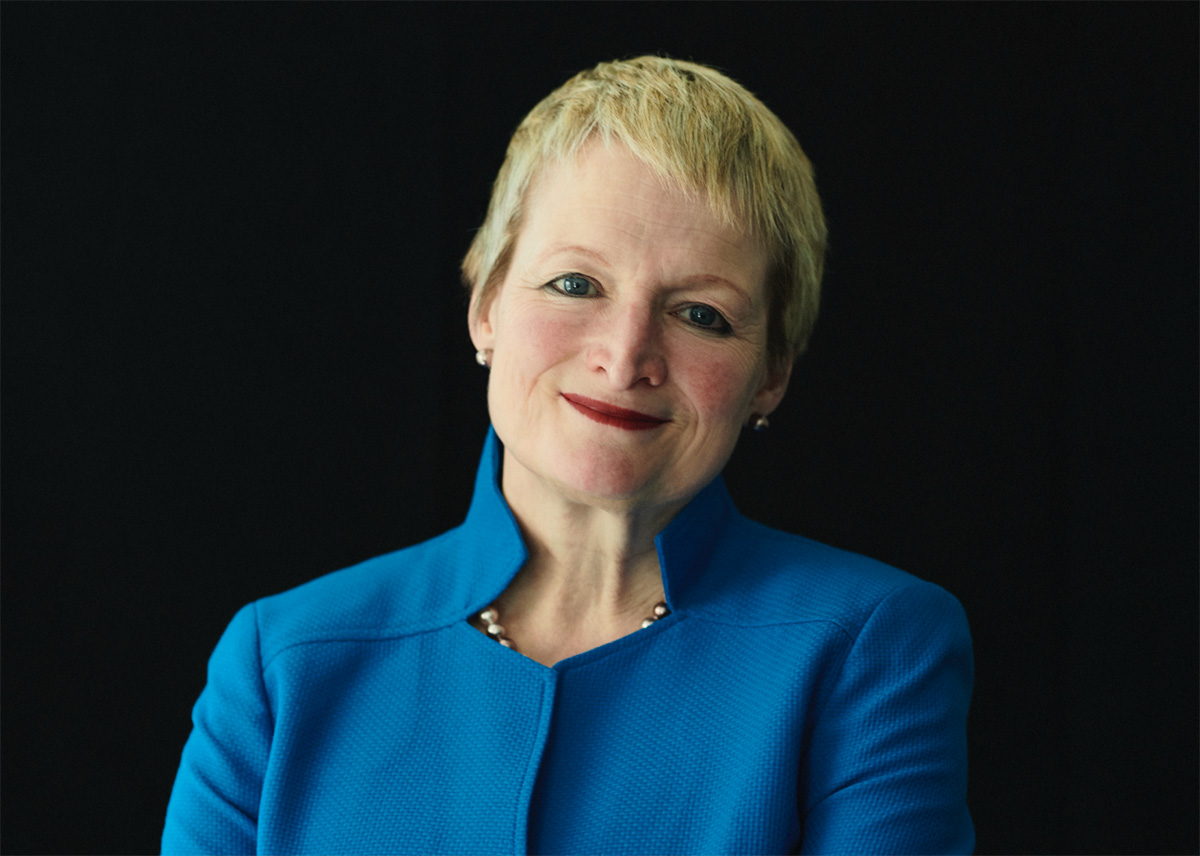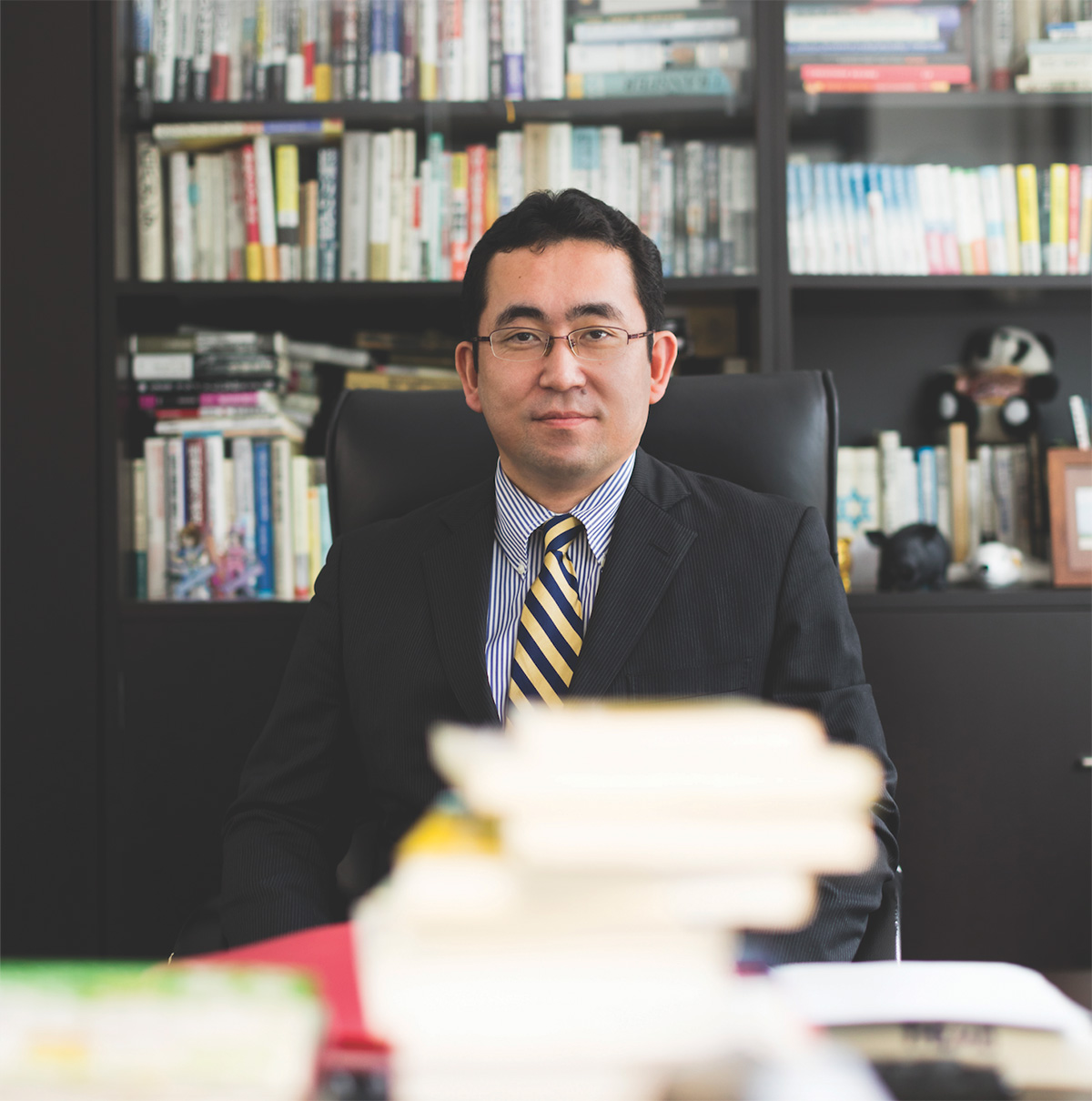Statoil, the Norwegian energy giant, invested in developing the leadership capabilities of 10 of its top leaders as part of the company’s goal to position itself as a global leader in oil and gas. Dana Bernstein and Ian Turner share lessons from their experience.
Dana Bernstein, head of leadership development, corporate people and organization at the company, and Ian Turner, executive director of Duke Corporate Education, designed and delivered a bespoke leadership excellence programme – the first of its kind in the world. Here they reflect on how this impacted on Statoil as it expands, as well as how it has reshaped them personally as individual leaders.
*
Ian Turner: Shall we start by talking about the journey Statoil has made over the past decade?
Dana Bernstein: Statoil is a Norwegian energy company founded in 1972. It is state-owned and one of the largest players on the Norwegian continental shelf. In 2001, it became publicly traded on the Oslo and New York Stock Exchange. Currently, the state owns 67% and the public owns the rest.
IT: That is very interesting because it has to act like a commercial company, but the main shareholder is still the Norwegian Government. DB: To all intents and purposes, Statoil is an international oil company (IOC) and there are aspirations to hold on to its Norwegian roots, but continue to expand and build on the platform of international business.
IT: You mentioned the Norwegian continental shelf and that’s the basis of the start of the business of Statoil… DB: That’s the heart of it, but we operate in more than 35 countries and over the past four years, we have had a big expansion. We are doing a lot of work in Brazil, Angola and Tanzania to name but a few. In 2001, Statoil was traded and the next big growth spurt was the merger with Norsk Hydro in 2007.
IT: This is one of the most successful examples of a merger, given the close cultural fit.
DB: Yes – and this pushed Statoil to become a bigger player and opened up a lot of new opportunities.
IT: One of the things I found out when working with Statoil is about the reputation that Statoil has among its partners. This is a really important part of its raison d’étre. How would you characterize that reputation? DB: The key thing is about partnership and teaming. Statoil knows it can’t be successful alone and has to have a good working relationship with partners. Trust is critical to our success.
IT: Your role was to help develop Statoil’s capability in business development. But in Statoil, business development has a very special meaning…
DB: Business development for us is looking at what we have in our port- folio and investigating how to maximize the value of it. We do that by looking at mergers, acquisitions, divestments, swaps and so on. It’s essentially examining assets, what we’re doing and how we can best play around with the pieces of the puzzle to increase value for the company.
IT: So oil and gas companies can generate huge values not just by the discoveries they have made but also by acquiring, putting companies together and managing more effectively. That’s part of the skill of business development.
DB: Of course. Partnerships with other companies open up new opportunities and geographies. Strategic thinking is the heart of global strategy and business development.
IT: It is interesting then, that the global Strategy and Business development (GSB) department – which has the main responsibility for business development – is located in London.
DB: Historically, all business areas were headquartered in Norway. But in 2011, we created two areas outside of the country, comprising GSB in London and Development Production North America (DPNA), in Houston. The head of GSB is John Knight and William Maloney heads DPNA. Neither is Norwegian and this is also significant. London is a centre where deals are happening, because of the financial sector. You have to be where the deals are, to be a key player. It was a significant move. We still have a lot of ex-pats because, according to employer branding consultancy Universum Global’s Norway Top 100 Ideal Employers (2014), we are number one,whereas,outside of Norway,Statoil is less well known.
IT: But in Norway, Statoil makes up 25% of the GDP of Norway.
DB: It’s huge. In terms of revenue, it’s 39th on Fortune’s Global 500 list.
IT: So what you described is quite a shift in strategy and Statoil always had strong technical skills in getting oil and gas out of deep-sea conditions. But in the past few years, Statoil has focused on adding portfolio management to supplement those core skills. Is that a fair characterization?
DB: I think so, but I wouldn’t want to undermine the technical piece because we are a technology-driven upstream company. The creation of GSB will maximize this.
IT: And part of that is the creation of the business development (BD) academy where you come in, because you created it.
DB: I did and this really appealed to me about this position. I was handed a PowerPoint slide that said: “This is what we think it will look like, but go and create something with your vision”. I had the opportunity to create some- thing that was best practice and would hopefully be a standard by which we could do other things.
IT: What struck me as an outsider was that this was an initiative that clearly had support from the top. John Knight was instrumental in this.
DB: In order for a strategy like this to be successful, you need HR and business buy-in. It needs to be linked to capability building. I was part of the business and I didn’t report to the people and organization (PO) department [human resources], but I was invited to their weekly meetings; I know them very well – they’re friends. It was an open two-way conversation to make sure it was a success.
IT: So there was a very strong impetus from the top; but what interested me when I started working with you to develop the programme were the connections with the work you’d done on competencies you wanted people to exemplify.
DB: BD leadership competencies made up one of the first projects I worked on, in close collaboration with GSB’s people and leadership development (PLD) lead. We worked to help the business identify these competencies and they formed the crux of the programme we developed.
IT: The BD academy was a first for Statoil. Can you tell us a little bit about it?
DB: The academy has three levels (fundamentals, advanced, excellence). Every programme that sits in fundamentals and advanced was built from scratch in-house and led by someone on my team and someone in the business who knew the subject matter best, from design through to delivery. So, the academy in its entirety was a success because it was supported across the business. When I started, I made them understand it was being done “with you, for us all”. There was some resistance, because this was extra work for people. But they had a great sense of ownership and pride; to know the subject matter and deliver it well – these are valuable skills.
IT: Leaders as teachers…
DB: This is a fundamental part of how we see both leadership and the role leaders play, but also Statoil as an organization. The excellence level was what we did with you. The programme was one of the best deliverables to come out of the BD academy because of the impact it had on some of our top leaders. The 10 participants were not picked arbitrarily. We recognized that, in order to achieve our ambitious goals of growing in an international context in a volatile world, we needed – to quote the former head of Business Development Execution (BDE) Halvor Engebretsen – to create a team of “special forces” that we could drop into any of these projects and be able to move forward success- fully, lead teams and understand the external context. While we had a base- line of good people, we needed even more of it in order to achieve what we wanted to achieve.
IT: It is worthwhile at this point saying that in terms of the scale, these guys could be managing projects generating a value of $billions, but the curious thing, in terms of management, was that the task was quite unusual because the teams were brought together at short notice for an intense period of activity and the projects had a number of stage gates to have approved. So the management task was unusual.
DB: This was one of the differentiators for this programme. It was unique because it was intense and, prior to starting to work on the programme together, the participants often did not know the people they were working with and sometimes operated in virtual teams. But we also recognized that we had to accelerate. So we put such a focus and energy on what ended up being a wonderful initiative.
IT: I remember Sigmund Helland, former VP Business Development Excellence, saying that: never had so much been devoted to so few people… It was quite an extensive experience.
DB: The question is: do you push as many people as possible through something to spread out the cost or do you have fewer people and be more targeted? John Knight’s view was that the most important driver was that we had the right people on this programme. And when they were through this, the impact would have been so significant because of the value of the business deals they were working on. If you could up skill these people you could…
IT: … generate value much in excess of the programme.
DB: Exactly.
IT: The programme itself took a year? DB: It was 12 months – even longer if we look at the lead in and nomination process.
IT: Yes. There was a very rigorous process that participants had to go through to get on the programme in the first place.
DB: It was different from what has been done in other parts of the company, but it was important that a precedent was set up that this was not just “another leadership programme”. This was going to be different and our expectations were going to be different. You’ll often see leaders go to programmes, have a nice time and it’s good networking, but it’s hard to see what the impact is. So our process was identification of potential candidates through the VPs of PO and through the line managers and executive VPs, in areas where business development happens.
Then there was an application, which was qualitative content reflecting on participants’ experiences in business development and managing projects as well as their aspirations. We wanted to make sure people didn’t drop off. We confirmed all the dates ahead of time. Nobody missed anything. They wanted to be there because we set that precedent up front.
IT: Some participants had quite a big management role with a lot of people reporting to them. They were the people who had the biggest value deals. Many of them have also gone to senior positions now.
DB: We had a reorganization of GSB in May this year – more than half of the applicants who finished the programme last November have been promoted. Would I say they have been promoted as a direct result of this programme? I think it contributed and they would all support that.
IT: Were there any aspects of the programme that you’re proud of and would like to reference and highlight.
DB: I think the group members were very supportive of one another. They challenged each other. There were two main fundamental pieces that were red threads going through the programme. There was a business challenge that they were working on and that ended up being one of the best experiences. The other was personal development planning. We asked them to keep a learning journal, and provided exercises and activities that enabled reflections of being a leader in dynamic teams.
They had lots of feedback from the coaches, from you Ian, from myself, from a special adviser in corporate PO. That was something that continued throughout the modules and it culminated with a day-long session with the SVP PO and VP of executive and leadership development, when the programme participants shared their leadership learning journeys. That tied up all the loose ends and the business challenge was presented extremely well to john Knight and Tim Dodson, the executive VP in exploration.
IT: The interesting thing for me was that the participants wanted to hear more of other people’s stories.
DB: They got so much more from it than I expected and there’s the opportunity to do more as we develop the programme.
IT: The way we connected it with the Statoil development process and the competencies was exceptional.
DB: We also launched a fresh leader- ship profile and leadership strategy, and it was taking place as the latter part of the programme was happening. It linked together.
IT: We were laying the track as the train was going down the track. We were designing the programme as we worked with the group and went through. We learned we had to put more focus on the communication side and we did a lot of work towards the end on this.
DB: Yes. Both on being short and impactful, but also storytelling and engaging emotionally.
IT: Can you also talk about Tanzania and the module there?
DB: Tanzania is a really big strategic geography for Statoil, especially in terms of international growth. We have made some discoveries there recently and we will be working there quite significantly in the future. We saw it as a place for us to get more embedded in the challenges Statoil faced there, particularly [under- standing] stakeholders and working through ambiguity.
IT: So understanding unfamiliar territory. We thought the best way to expose the participants to this would be to take them there and take them out of their comfort zones.
DB: There was no point in doing this in a training room. It was really about getting them out of the office and introducing them to external stakeholders, including government officials, villagers, CSR initiatives, local businesses, competitors and ambassadors. We also went to a cement plant and what was really good about that experience was that the head of HR was a local woman, so our people understood more about doing business in the local community. Because of the nature of how things are done, we planned as much as we could, but things were changing at the last minute. They needed to experience this. It’s one of the things I’m most proud of because they all came back deeply affected in a positive way; their eyes opened to what we need to do. It left a lasting impression.
We build on our company values wherever Statoil is positioned in the world. The “how” has to be relevant to local stakeholders. It has to be meaningful. So how we do things in Norway might not be the right way to achieve the same end goal in Tanzania. You can’t see that unless you’re in that location yourself.
One of the things we planned for was a CSR expedition to a local village and a school. While we were there, one gentleman asked us: “When will you make the darkness go away,” because they don’t have electricity.
IT: Only 15% of the population has access to electricity.
DB: You can read that statistic, but when someone actually said that, the participants were speechless. It’s quite visceral.
IT: It’s a huge environmental issue because in the country, they rely on wood for fire and in the city they rely on charcoal. They have little access to gas or electricity.
DB: We visited a school and afterwards we collected a little bit of money for it. It meant so much to the school and I feel so privileged to have been part of that. Leadership programmes are being sliced and diced. To be able to do this and experience the impact on myself and the participants has been wonderful.
IT: Do you have any advice for other companies faced with similar challenges?
DB: It has to come from the top. The initiative can’t be just HR but a business strategy. Participants have to know it’s not a “nice to have” and have respect for it. Linked to that is the role of their line managers. Without applying things back at the job, it won’t have the same impact.
IT: You’ve changed your role now, so what are your plans for the future? DB: In May this year, I moved to the corporate people and organization department as the head of leadership development. I think it’s an exciting opportunity. Even in the past year, the industry has experienced a challenging environment. Statoil has a strong focus on increasing value and decreasing capital expenditure.
On the back of that, Statoil has initiated two transformation programmes. One is for technical efficiency and the other is the organizational efficiency project. Through these, we want to support the organization to be more competitive and leadership plays a key role in this. I have an opportunity to reflect on how to improve the programmes moving forward. One of the remits for me is to look at what we need from a portfolio perspective.
For me, it’s about linking initiatives and finding new and better ways of doing it and integrating them all together. It’s a big challenge, but an exciting one and it’s a great time to do it.
Ian Turner is executive director of Duke Corporate Education and Dana Bernstein is head of leadership development, corporate people and organization at Statoil.
An adapted version of this article appeared on the Dialogue Review website.



